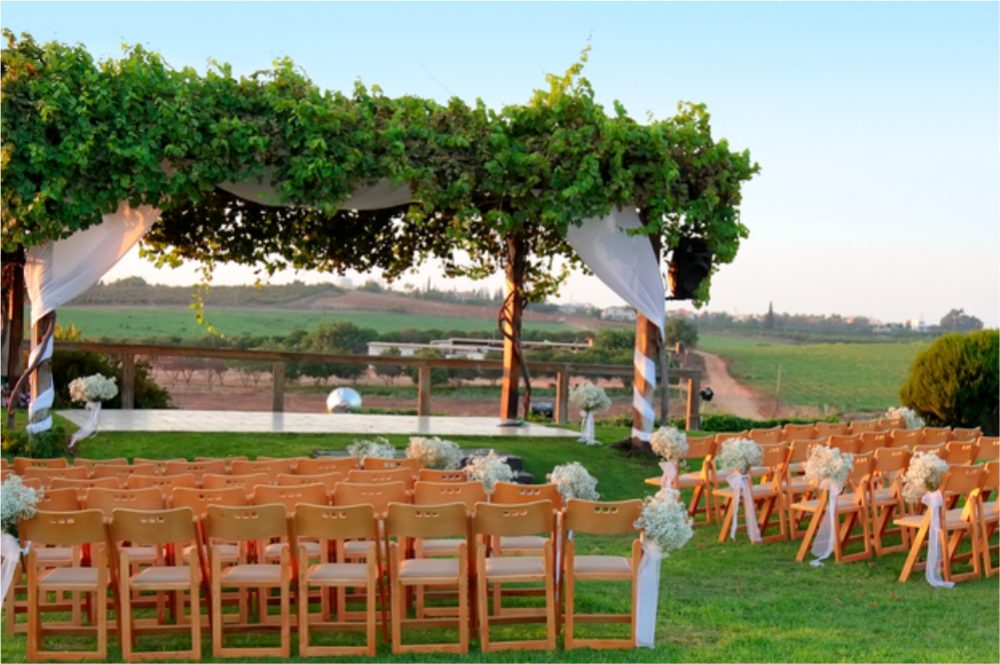With Tu B’Shvat around the corner, you’re probably getting into fruit mode sooner or later, planning a menu that’s centered on the bounty we reap from the trees.
But Tu B’Shvat offers way more than a fruit-filled feast. It gives us an opportunity to ponder the deeper connection we humans have with trees (sounds like an ecological piece is coming, huh?), as our Sages teach us that “Ki ha’adam eitz hasadeh, man is like a tree in the field.” Let’s talk about how we can fortify the three essential relationships in our lives based on lessons we cull from planting and trees, the Tu B’Shvat celebrities.
With your husband: Merging the Branches Into One Edifice
In days of old, Jewish parents had a custom to plant a tree when a new child was born—a cedar tree in honor of a boy and a pine tree in honor of a girl. When a couple married, branches from “their” trees were cut and joined together to create the chuppah. As the young man and woman stood underneath those branches, they literally saw a live representation of the bond they were creating before their eyes. Upon observation of their chuppah, they realized that it was only standing strong thanks to the merging of both their branches—the cedar and pine.

The best planting tip for a flourishing marriage is the give and take, the merging of not only two souls but everything else that defines us. When we have a momentary flash of clarity, we realize that by giving of ourselves, we’re actually receiving in the deepest sense. When we give in, when we give our spouse the pleasure of being right or the pleasant atmosphere in the home that he appreciates, we’re receiving the gift of a nourishing relationship. By merging our branches, we’re building a solid edifice of a home.
“Ki ha’adam eitz hasadeh, man is like a tree in the field.”
With your children: We Don’t Choose Our Seeds
There is no better parable to parenting a child than tending a seed into a tree. Hashem entrusted us with a precious seed so we can help it develop and grow. We do not choose its type or control its process of growth; we just do our best to give it what it needs to grow and flourish, and sit back and watch. Perhaps this is why the Hebrew word for offspring is “zerah,” seed.

Some of us are handed seeds that need little talent and attention to grow, while others were entrusted with a bit more complex seed (or some of both!). What’s our role in all of this? We can’t become frustrated or upset at the seed or the One who handed it to us, but rather embrace our role in our special mission. Screaming at the seed, “What’s the matter with you? Why can’t you grow already?” will do no good in speeding up its development.
We don’t control if and when our children will grow. Our objective is to give them as much nourishment as we can, to embrace them for who they are. We show them how beautiful the Torah is. We water. We provide sunshine. Just because you don’t see immediate growth does not mean nothing is happening right now, just under the surface.
With Hashem: From Barren to Abundant
Wish you can rekindle the spiritual high you felt back in the day when you actually had time to think about things? Tu B’Shvat is here to offer you the perfect solace. On Tu B’Shvat, we have the privilege to see a miraculous unfolding. As the trees move from a place of paucity to a place of abundance, we realize that we too can we move on from the place we’re in now. And it happens in tiny steps.






Beautifully written!
Thank you
Love this
short and to the point. great inspiration.